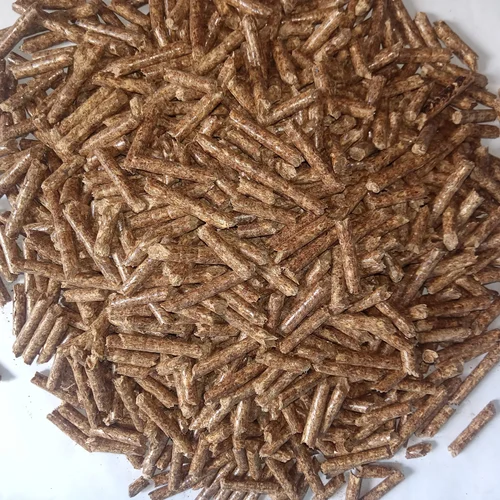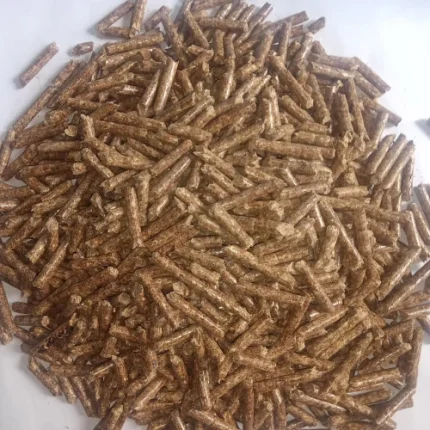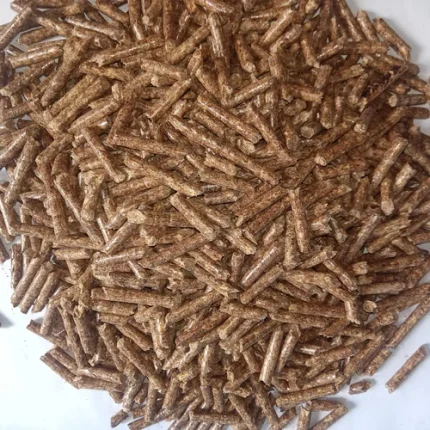Groundnut shell pellets are small, cylindrical or spherical compressed forms of biomass made from groundnut (peanut) shells. These pellets are typically produced through a process called pelletization.
Here’s how groundnut shell pellets are typically made:
- Preparation: Groundnut shells are collected as a byproduct of peanut processing. The shells are cleaned to remove impurities and foreign materials.
- Grinding: The cleaned groundnut shells are then ground or crushed into smaller particles using a grinder or hammer mill. This step reduces the size of the shells and prepares them for pelletization.
- Pelletization: The groundnut shell particles are fed into a pellet mill, where they are compressed under high pressure and temperature through a die. The die has small holes through which the material is forced, forming dense pellets as it emerges.
- Cooling and Sieving: The newly formed pellets are cooled to room temperature to stabilize them. They may also undergo sieving to remove any oversized or undersized pellets and ensure uniformity in size.
- Packaging: The final groundnut shell pellets are then packaged for distribution and storage. They are typically packaged in bags or bulk containers, ready for use or sale.
The resulting groundnut shell pellets have several potential uses and benefits:
- Fuel: Groundnut shell pellets can be used as a renewable and sustainable fuel source for heating, cooking, and power generation. They can be burned in pellet stoves, boilers, and biomass power plants.
- Animal Bedding: Pellets made from groundnut shells can serve as bedding material for livestock, such as poultry and small animals. They provide a comfortable and absorbent bedding option.
- Soil Amendment: Groundnut shell pellets can be used as a soil amendment to improve soil structure, water retention, and nutrient content. They decompose slowly, releasing nutrients into the soil over time.
- Industrial Applications: Groundnut shell pellets may find use in various industrial applications, such as in the production of particleboard, activated carbon, or biochar.




Reviews
There are no reviews yet.